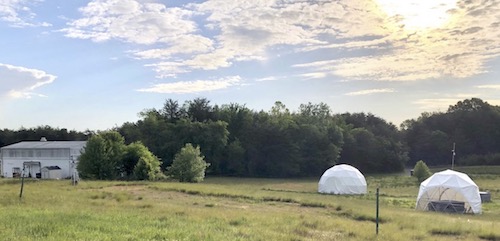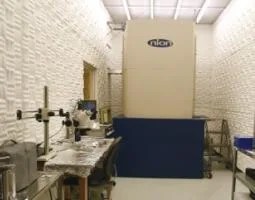Research Facilities for Planetary Science
A variety of facilities are available to supported investigators conducting planetary science research. The listed facilities are now, or have been in the past, supported by the Planetary Science Division (PSD) following peer review. Information on each facility including types of access, fee structures, and points of contact, are available in the quad charts below. We encourage researchers to reach out to the facility points of contact directly for additional information on how to use the facility or include it in an upcoming proposal submission.
Planetary Science Enabling Facilities
The facilities below were selected through the C.17 Planetary Science Enabling Facilities ROSES program element following peer review. These facilities are funded through the PSD Research and Analysis Program budget.
Additional Facilities Supported by the Research and Analysis Program
The facilities below are now, or have been in the past, supported by the Planetary Science Division following peer review. These facilities are, or were, funded through the PSD Research and Analysis Program budget.
Additional NASA and NASA-Partner Facilities
The facilities below are either NASA or NASA-Partner facilities that are also available to Planetary Science Researchers. Information for utilizing these facilities can be found on their respective websites.
If you have a facility that is now, or has been in the past, supported by the Planetary Science Division following peer review and is available for external collaborations, please complete the template quad chart available for download below and email it, along with a thumbnail sized image for inclusion on this website, to HQ-PSEF@mail.nasa.gov
For more information write to HQ-PSEF@mail.nasa.gov






























